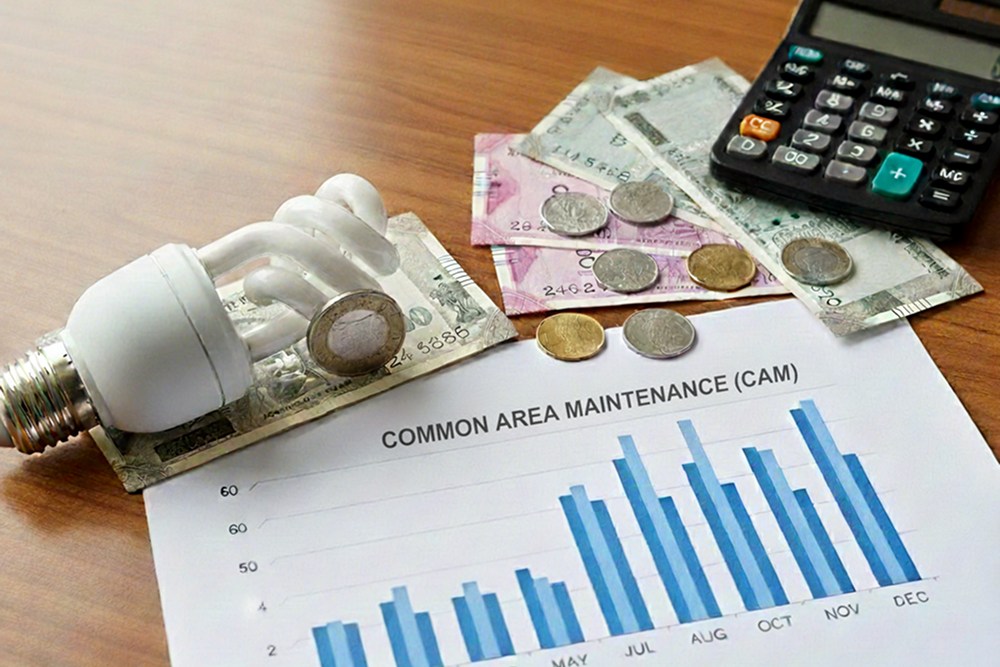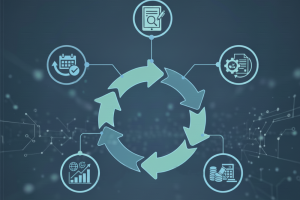In the world of commercial real estate, Common Area Maintenance (CAM) charges are often viewed through the lens of predictable expenses like security, landscaping, and janitorial services. However, one component frequently underestimated in its impact and often misunderstood is utility charges. These silent drivers have a significant influence on CAM reconciliations and can be the tipping point in landlord-tenant disputes or lease negotiations.
Understanding CAM and Utilities
CAM charges are costs incurred by the landlord to maintain and operate shared spaces in a commercial property, and tenants typically pay a proportionate share. Utility charges—particularly those not metered separately—are embedded within these CAM expenses and are notoriously variable. Electricity, water, gas, HVAC consumption, and waste management can fluctuate monthly due to tenant usage, property efficiency, and seasonal variations.
While leases may outline specific cost-sharing formulas, they often do not forecast the real volatility of utility costs. As a result, tenants may be blindsided during the year-end CAM reconciliation when they’re billed for a higher-than-expected balance.
Why Utility Charges Fly Under the Radar?
Utility charges tend to be “invisible” for a few reasons:
- Lack of transparency: Many properties still do not sub-meter individual tenant spaces, especially in older buildings. In such cases, utilities are pooled and divided based on leasable area rather than actual usage, making it difficult to monitor.
- Complex billing structures: Utility providers often have tiered pricing, penalties for peak consumption, and seasonal rates, all of which can complicate accurate forecasting.
- Operational inefficiencies: Poor maintenance of HVAC systems or outdated infrastructure can spike utility usage, leading to unexpected CAM increases.
These factors create a scenario where utility charges can quietly escalate without alerting tenants until it’s time to reconcile.
The Impact on CAM Reconciliations
Utility charges can account for up to 30–50% of total CAM expenses, especially in retail and mixed-use properties. If not proactively tracked, these costs can create significant variances between estimated and actual charges. That variance, reflected in the reconciliation can lead to:
- Tenant dissatisfaction and disputes
- Delayed payments
- Damage to landlord-tenant relationships
Technology to the Rescue
Lease management platforms are transforming how utility costs are managed within CAM structures. By digitizing lease documents, enabling real-time analytics, and automating critical date alerts, the platform allows landlords and tenants to gain full visibility into cost components, including utilities.
AI-driven abstraction tools extract and track utility-related clauses from leases, while customized reports help identify patterns and project costs more accurately. This transparency reduces surprises during CAM reconciliation and fosters better landlord-tenant collaboration.
Best Practices to Tackle Utility-Driven CAM Surprises
- Sub-meter where possible: Encourage or invest in sub-metering to allocate costs based on actual usage.
- Review lease clauses carefully: Ensure utility sharing and escalation clauses are clearly defined.
- Use tech platforms: Adopt modern lease management systems to gain insights, set alerts, and forecast utility costs better.
- Educate tenants: Providing transparent communication about how utilities impact CAM charges can help mitigate conflicts.
Utility charges might not get the same spotlight as other CAM elements, but their influence is undeniable. They are the silent drivers that can quietly distort budgets or disrupt relationships if left unchecked. With digital tools and proactive strategies, landlords and occupiers can ensure that utility charges no longer remain hidden during CAM reconciliations.
CRE Lease Matrix: Bringing Clarity and Control to CAM Management
CRE Lease Matrix is a powerful, AI-driven lease management platform designed to eliminate manual work, reduce errors, and bring complete transparency to CAM and utility-driven costs. By centralizing documents, automating abstractions, and providing real-time insights into every clause, date, and charge, the platform helps landlords and occupiers stay compliant, forecast accurately, and avoid year-end reconciliation surprises.
If utility-driven variances are hurting your reconciliations, it’s time for a smarter system.






